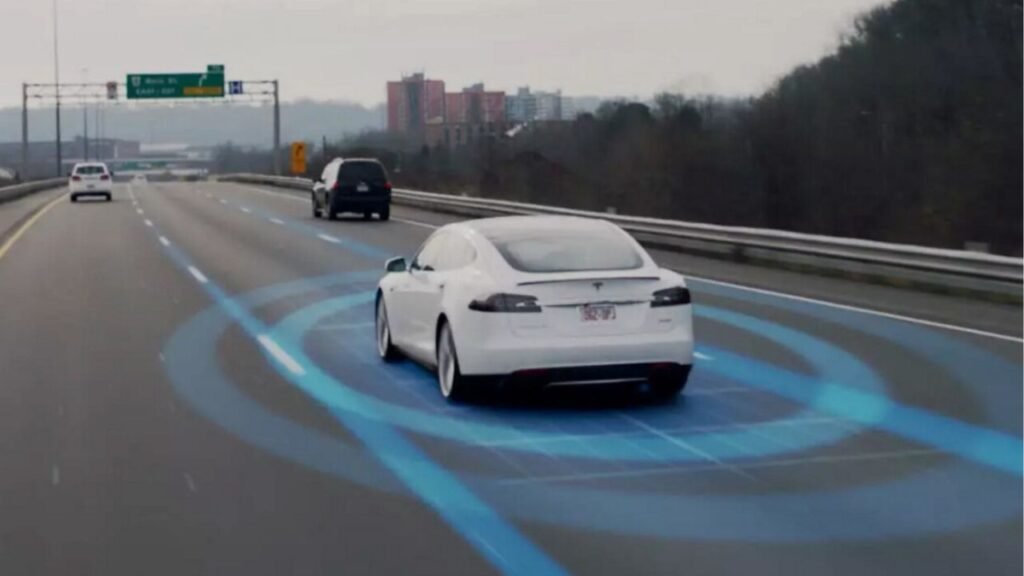September is bringing a wave of major changes to driving laws across the United States, affecting everything from cellphone use to self-driving cars. These new rules are aimed at improving safety for drivers, passengers, and pedestrians, but they are also stirring debates about cost, accessibility, and enforcement.
AI Cameras to Fine Drivers in Connecticut
In Shelton, Connecticut, artificial intelligence-powered cameras are being installed on all 68 school buses to catch drivers who illegally pass stopped buses. During a 30-day warning period, drivers will receive notices without fines. However, starting September 29, violators will face a minimum fine of $250, with higher penalties for repeat offenders. Officials hope the technology will reduce dangerous incidents near schools, a problem that has persisted for years. Bus drivers have welcomed the move, citing repeated close calls with reckless motorists. Nearby cities using similar systems have already recorded tens of thousands of violations in a single school year, showing how serious the problem has become.
Stricter Training Rules for Young Drivers in Ohio
Ohio is rolling out one of the most significant changes this September with its new “50-hour” driving law. Drivers between 18 and 20 will now need to log at least 50 supervised driving hours, complete 24 hours of classroom lessons, and undergo eight hours of professional instruction before they can drive solo. The state argues the change is about safety, as drivers under 25 are statistically more prone to accidents. However, critics argue that the added requirements, which can cost families up to $400, may make it harder for young people in rural areas or from lower-income households to get their licenses. Some worry it could push teens to drive illegally, while others believe the move will ultimately make roads safer.
Permits for Self-Driving Cars in Texas

Texas is also making headlines with its new law targeting fully autonomous vehicles. Starting September, companies operating self-driving cars will need to secure a state permit before using public roads. The law gives the Department of Motor Vehicles the authority to grant or revoke permits and requires companies to share emergency response protocols with first responders. The change comes as Tesla rolls out its robotaxi service in Austin. While Tesla has temporarily avoided penalties by placing human safety drivers in its vehicles, experts predict the new rules could create operational challenges for companies testing or expanding their autonomous fleets in the state.
Hands-Free Law Takes Effect in South Carolina
South Carolina drivers will need to adjust their habits as a new hands-free law takes effect on September, 2025. The law makes it illegal to hold a cellphone while driving, including for texting, talking, or using apps. For the first six months, police will issue warnings only, but starting February 28, 2026, fines will begin at $100 for first offenses and increase to $200 and two license points for repeat violations. Officials say the law is designed to curb distracted driving, one of the leading causes of traffic accidents, and will be accompanied by an extensive public education campaign.
Balancing Safety and Convenience
These changes highlight a growing push nationwide to make roads safer by leveraging technology and stricter regulations. Supporters argue that these measures will save lives by reducing distracted driving, improving school zone safety, and ensuring young and inexperienced drivers are better prepared. However, opponents point to concerns about affordability, accessibility, and over-regulation, especially in communities with limited resources or public transportation options.
A New Era for Drivers
As these rules take effect, drivers across the US will need to stay informed and adapt quickly. Whether it’s setting reminders to apply for permits, budgeting for extra training hours, or using hands-free devices to comply with cellphone restrictions, these changes mark the start of a new era for road safety. While the transition may come with challenges, officials are hopeful that these steps will lead to safer roads for everyone.

